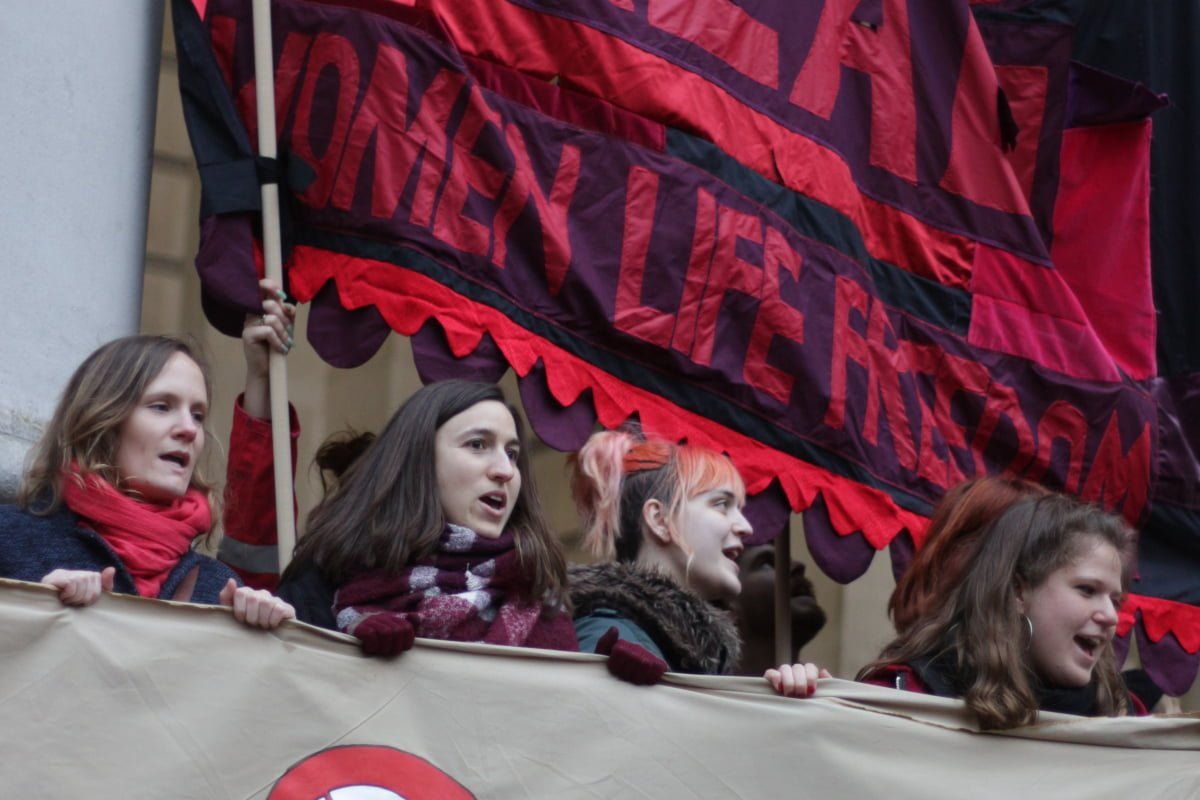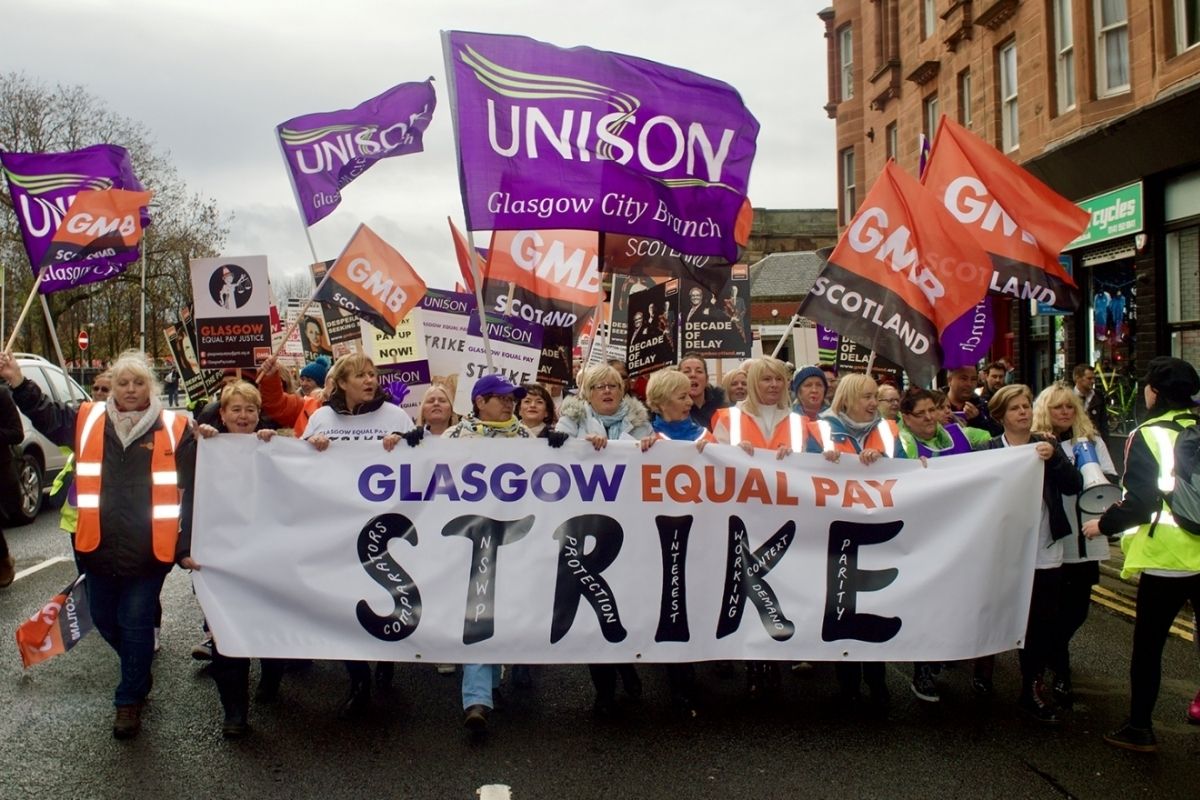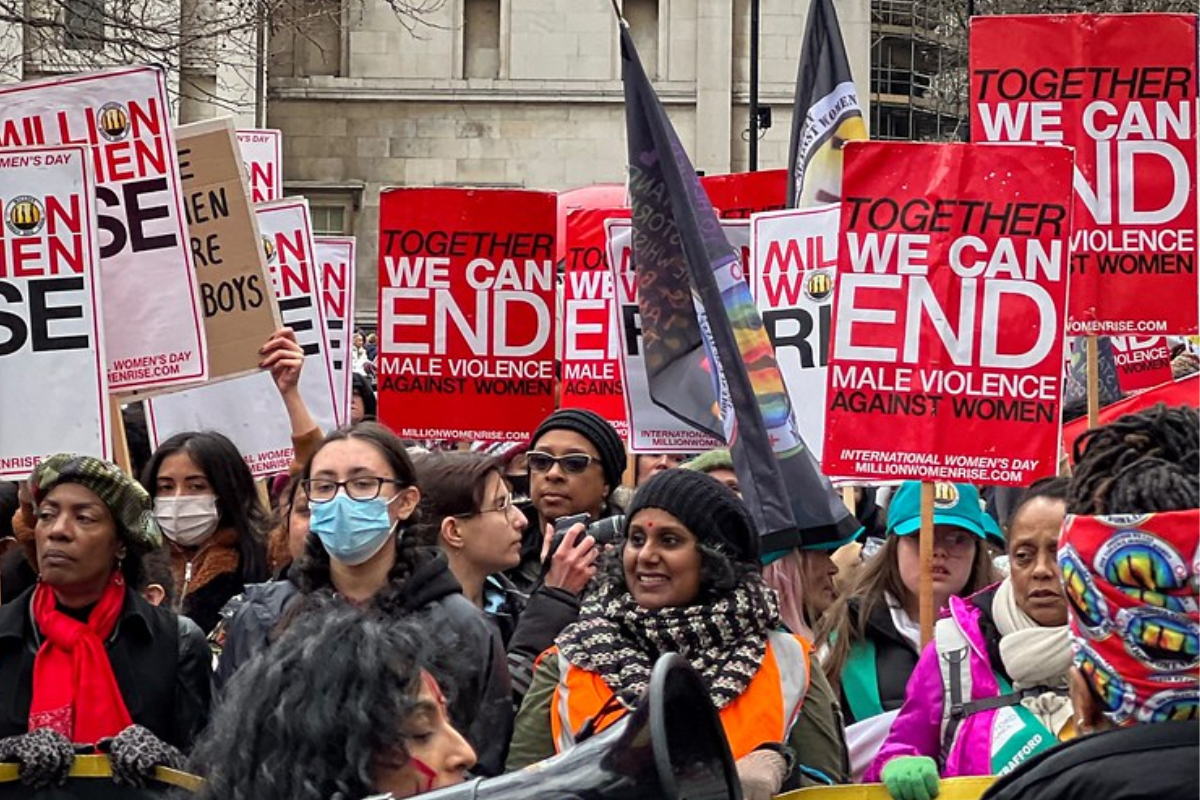A recent report from the Health Foundation has revealed shocking insights into the life expectancies of women in the poorest areas in England.
According to this study, the average female life expectancy in the most deprived decile of local areas in England now stands at 78.7 years – lower than in every OECD country in the world other than Mexico.
The contrast with the richest parts of the country is particularly stark. On average, women in the wealthiest 10% of areas live almost eight years longer than those in the poorest. But how has this happened?
Over a decade of Tory austerity has led to skyrocketing levels of poverty, with over 14 million people in the UK now living in poverty. The UK now has the largest gap between healthcare outcomes for men and women in the G20 countries, and the 12th largest globally.
In fact, 25% of single women now live in poverty, as do 45% of single parents (90% of whom are women).
It is not merely Tory austerity that has led to an increase in poverty, however, but the global crisis of capitalism.
Bearing the brunt

The COVID-19 pandemic has pushed even more women further into poverty.
When schools and businesses shut in 2020, working-class women bore the brunt of the impact.
With schools and childcare services closed, women were forced to take on even more caring responsibilities at home. During the lockdown period, over 70% of mothers reported being mostly or solely responsible for homeschooling.
Given the undue burden placed on mothers to provide care for children, it is unsurprising that they were 47% more likely to have permanently lost their job or quit during the lockdown period than other workers.
And it was not only women with children who suffered the effects of the pandemic. Working-class women as a whole faced higher levels of unemployment than men.
Forced back into the home, and often facing a loss of financial independence, women also faced a horrific increase in levels of domestic violence and abuse.
Between April and June 2020, there was a 65% increase in reports of domestic abuse compared with the start of that year. Most shockingly, at the start of the pandemic, the numbers of femicidal domestic abuse killings more than doubled in a matter of weeks.
Class question

Although austerity and the pandemic have undoubtedly worsened women’s position in society, the roots of women’s oppression go far deeper. Austerity and the pandemic have merely exacerbated conditions inherent to class society.
Strenuous caring responsibilities, domestic violence, and higher levels of poverty are not new phenomena for women across the world. Rather, these are symptoms of women’s position under capitalism and class society.
Under capitalism, women workers are doubly oppressed: burdened with the lion’s share of domestic chores at home, and exploited by the bosses for profit at work.
Full women’s liberation, therefore, cannot be gained solely through reforms – although we of course fight for these – but ultimately only through socialist revolution.
Socialist solution

Only under a democratically-planned socialist economy can we lay the material basis for the end of women’s oppression.
Caring responsibilities and domestic labour would be dramatically reduced by the provision of fully-funded, freely-available, universally-accessible childcare and communal services, which would socialise tasks such as cleaning and cooking.
Instead of seeing brutal cuts to women’s refuges, society could tackle domestic abuse and violence by providing women with genuine financial independence, and by providing victims of abuse with safe accommodation and sufficient support.
Similarly, public healthcare systems would be dramatically improved by reversing decades of privatisation and austerity, providing fully-funded healthcare services for all, including women’s and reproductive healthcare.
Capitalism is diving ever-deeper into crisis. This decrepit system has nothing to offer working-class women but violence, abuse, and exploitation.
To end women’s oppression, we need united class struggle in the fight for socialist revolution.






